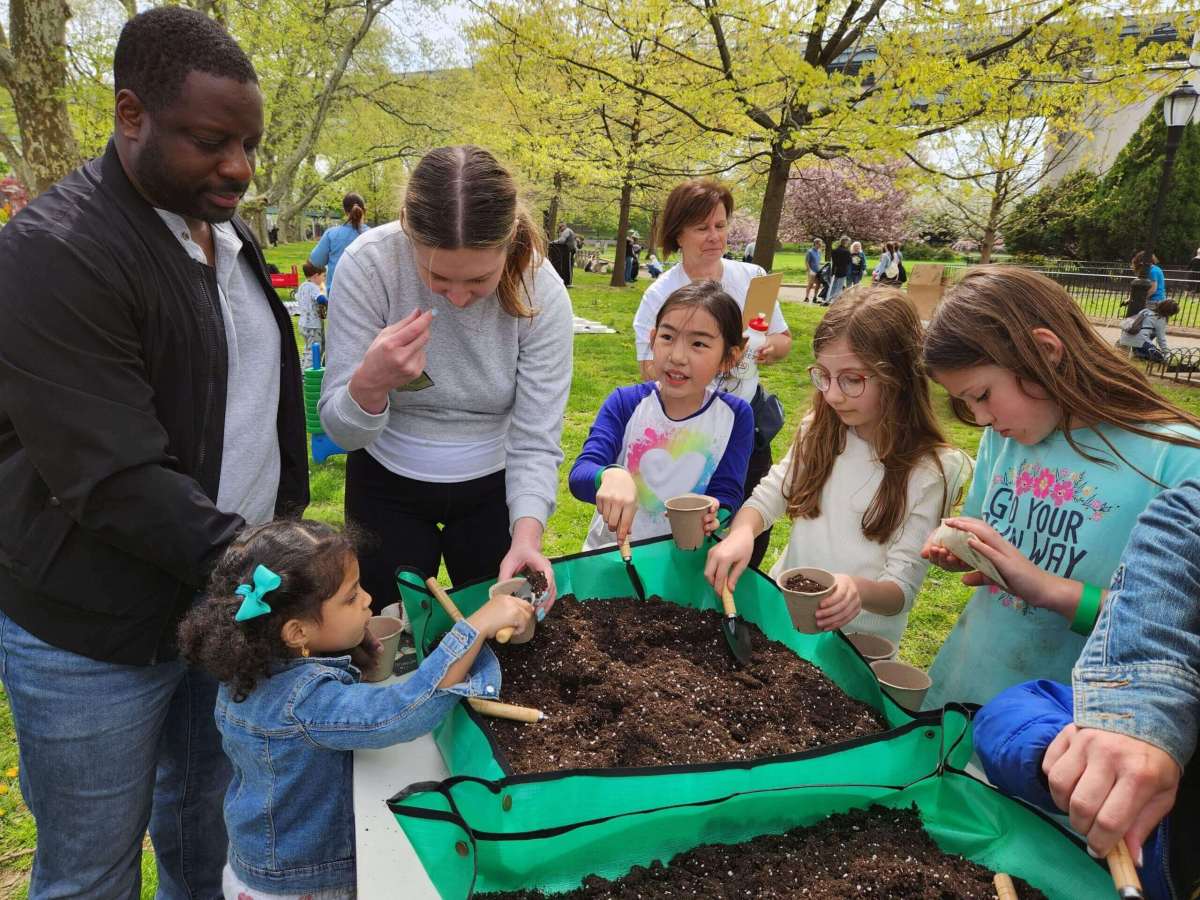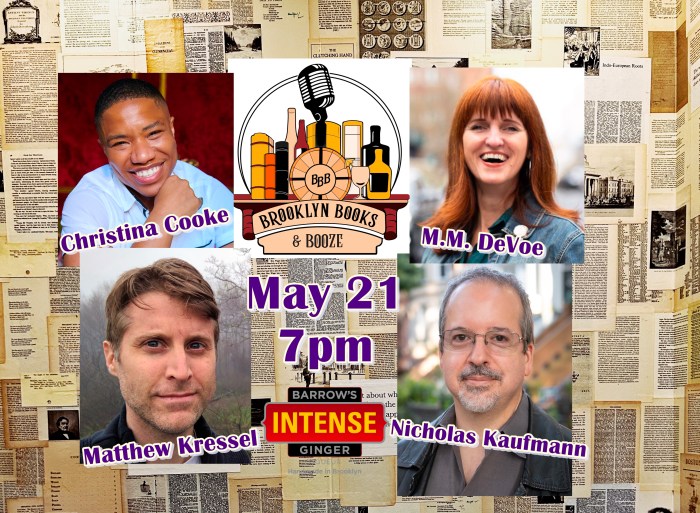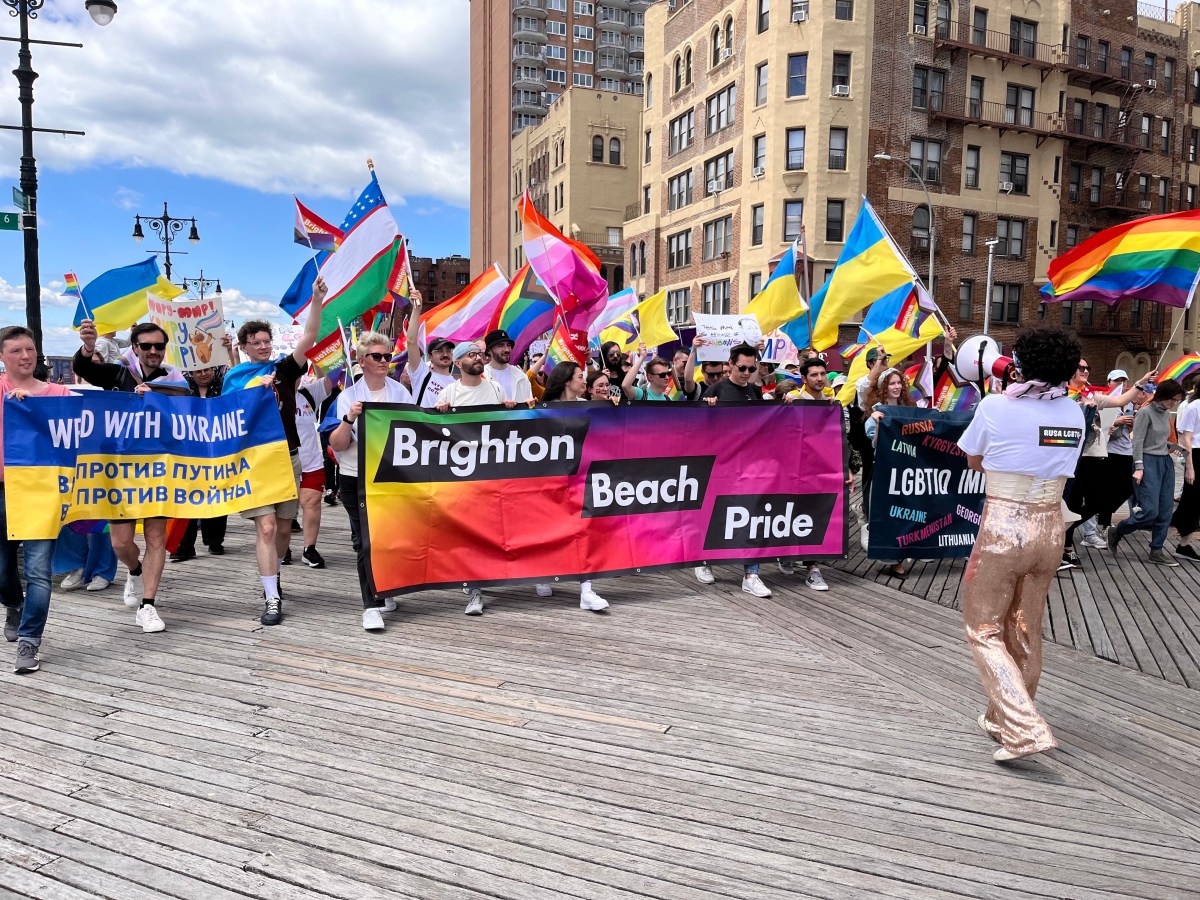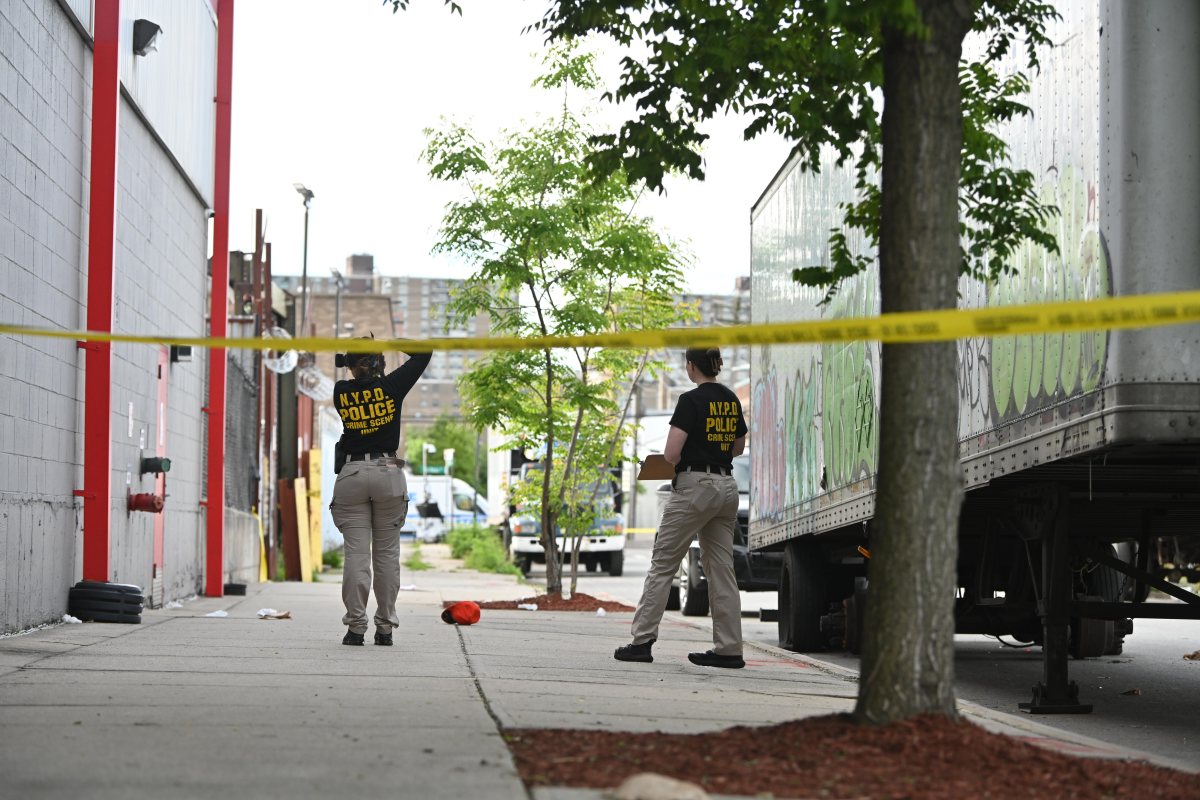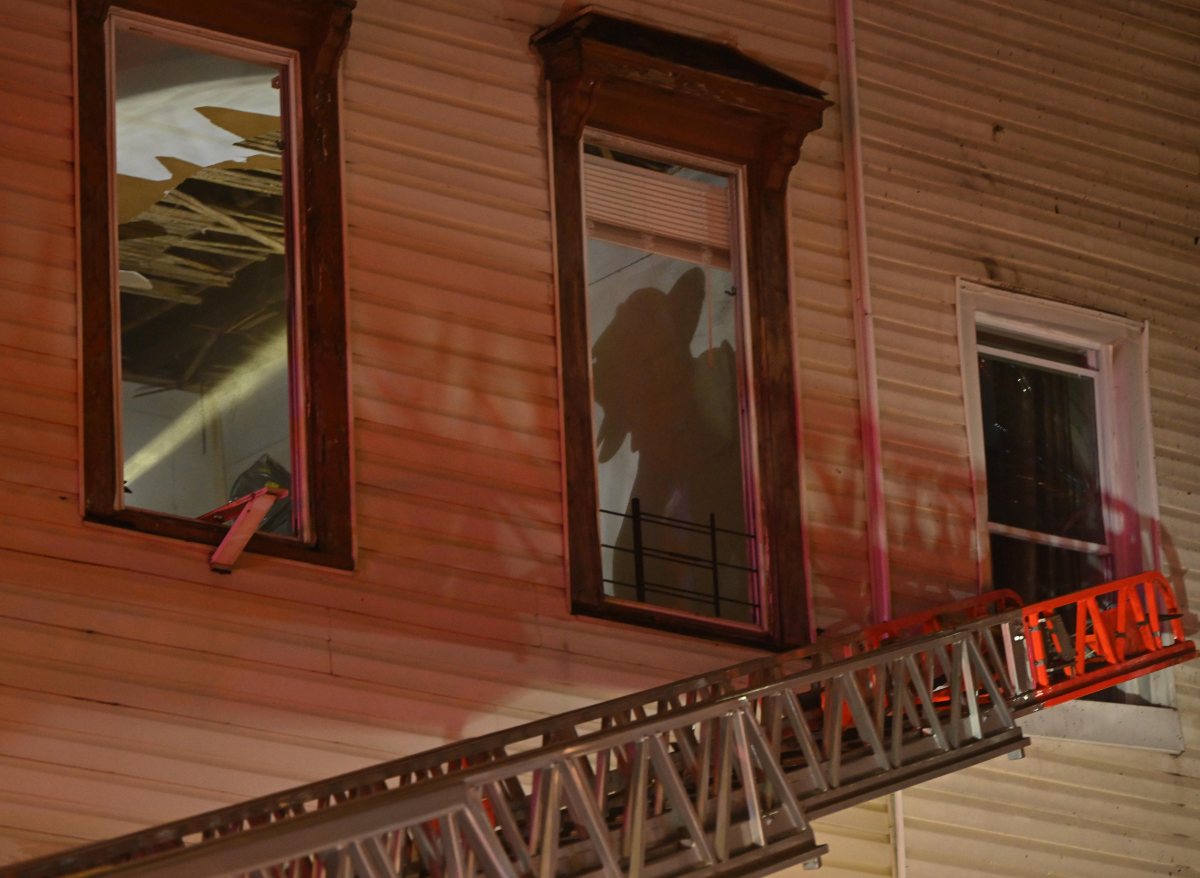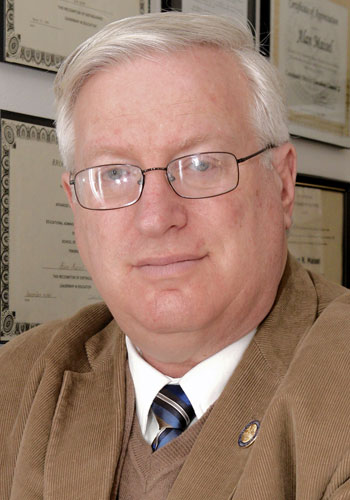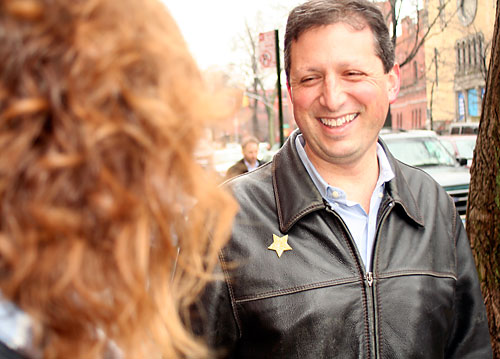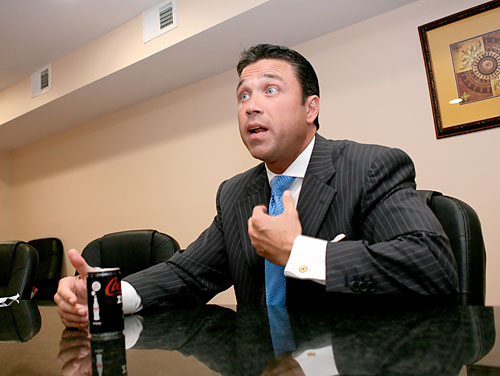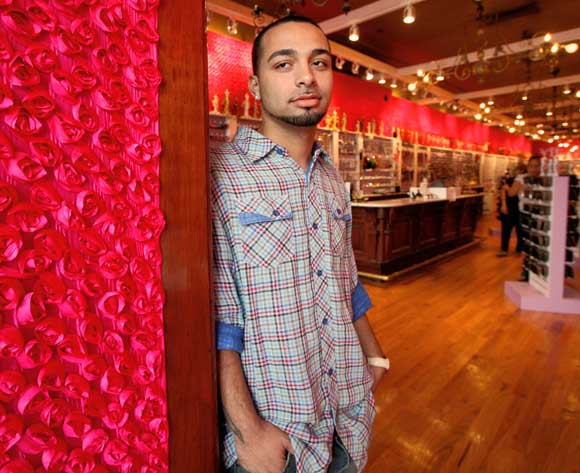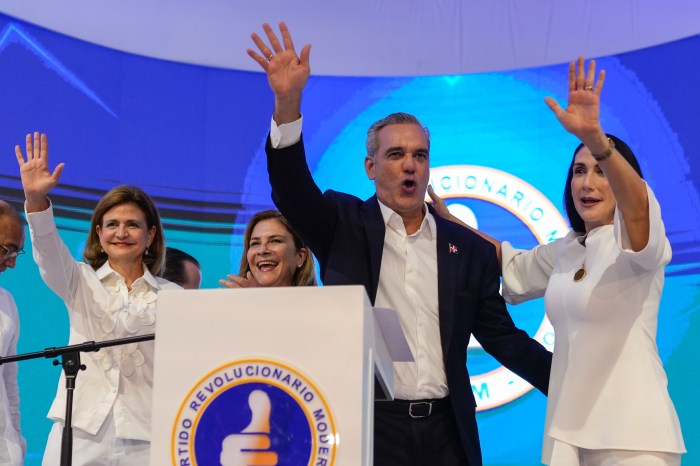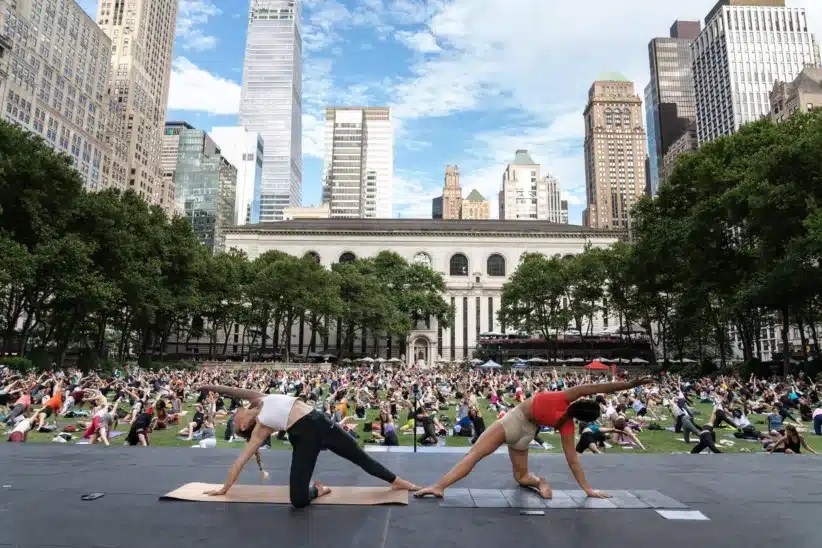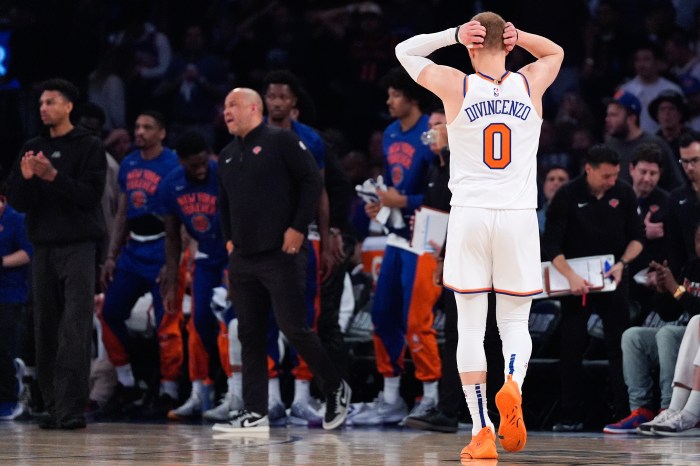Summer is coming to Brooklyn, bringing warmer weather, hazardous smoke in the air, and some of our first summer storms. Flooding remains a constant risk for our neighborhoods. Extreme weather events like Hurricane Ida and the flooding seen last September are becoming increasingly common due to climate change, and these extreme events almost always result in serious damage to homes and businesses. It costs our neighbors money, requiring repairs they can’t afford and disrupting their lives and transportation. In light of these risks, we need a City budget that puts parks and resiliency front and center. This is what the Play Fair for Parks Coalition is calling for, by allocating 1% of the New York City budget to parks.
With soil and plants being excellent absorbers of excess water, parks and other green spaces protect our waterways by capturing almost 2 billion gallons of stormwater runoff each year. Parks help protect us from the impacts of climate change in other ways as well. The urban tree canopy, for example, reduces heat by as much as 9 degrees, while it removes 1,300 tons of pollutants from the atmosphere and stores one million tons of carbon each year, providing clean air for New Yorkers and habitats for native wildlife.
The Belt Parkway sees well over 100,000 cars per day along the Bay Ridge waterfront, where stormwater runoff is a constant threat during rainstorms. On top of this, the water from New York Harbor can overflow and flood the Parkway during extreme storms. Current management of this is poor at best.
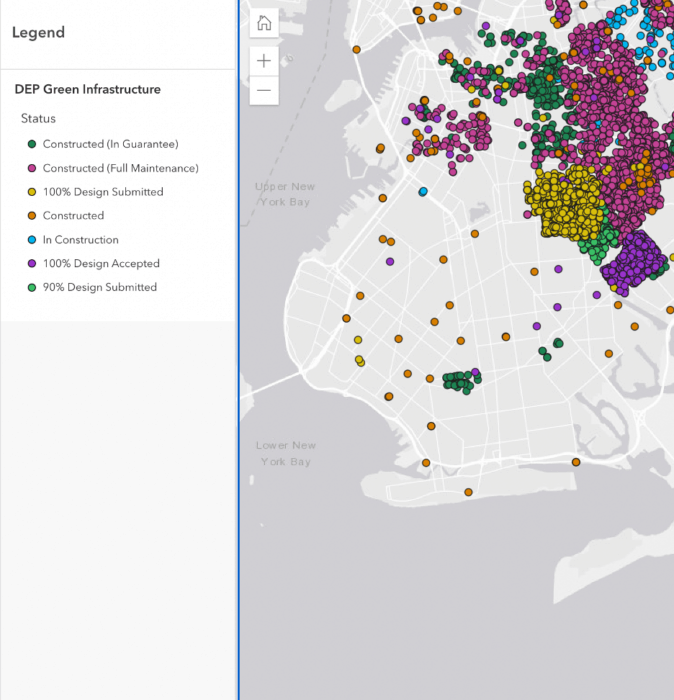
Additionally, Bay Ridge’s sewage treatment plant is a combined sewer overflow, or “CSO”, meaning that overflowing sewage pours directly in the harbor where people go to relax and to fish. Many of the neighborhood’s sewers are outdated or underdeveloped. This is an increasing environmental and health issue for neighborhood residents, visitors, and sea animals alike.
This is not even to mention the risks faced by communities like Coney Island, where sea level rise due to climate change will create a permanent threat of flooding for many homes and businesses. Parks are an essential part of the solution.
As the City budget process ramps up, we need a larger investment in parks in southern Brooklyn and across New York City. The Play Fair Coalition’s call for 1% recognizes that parks and other green spaces are one of the City’s most valuable environmental assets. This is not a huge ask, and probably much less than most people think is being spent.
According to the Trust for Public Land, New York City spends less than other major cities on its parks even though New York has more parkland to maintain. As of FY 2021, San Francisco spends 1.6% of its municipal budget on parks, Los Angeles spends 2.9%, and Chicago 4.3%. In New York City, where parks cover 14% percent of the city, we spend just 0.6%.
We need to start viewing our parks, open spaces, and waterfronts as critical infrastructure that will mitigate the effects of extreme weather caused by climate change. But the attention our parks need is not exorbitant. Committing just 1% of the city’s budget to our parks will provide for greater capital improvements, cleaner and safer grounds, smarter planting, better maintenance, and expanded management. 1% is more than an investment in parks, it’s an investment in safety for all of our homes and businesses. It’s past time that we made it a reality.
Julie Tighe is the President of the New York League of Conservation Voters. Daniel Loud is the President of the Bay Ridge Environmental Group. Both groups are part of the Play Fair for Parks Coalition.


